The Coen Brothers Encyclopedia
The Coen Brothers Encyclopedia
Lynnea Chapman King
ROWMAN & LITTLEFIELD
Lanham Boulder New York London
Published by Rowman & Littlefield
A wholly owned subsidiary of The Rowman & Littlefield Publishing Group, Inc.
4501 Forbes Boulevard, Suite 200, Lanham, Maryland 20706
www.rowman.com
16 Carlisle Street, London W1D 3BT, United Kingdom
Copyright 2014 by Rowman & Littlefield
All rights reserved . No part of this book may be reproduced in any form or by any electronic or mechanical means, including information storage and retrieval systems, without written permission from the publisher, except by a reviewer who may quote passages in a review.
British Library Cataloguing in Publication Information Available
Library of Congress Cataloging-in-Publication Data
King, Lynnea Chapman, 1967
The Coen Brothers encyclopedia / by Lynnea Chapman King.
pages cm
Includes bibliographical references and index.
Includes filmography.
ISBN 978-0-8108-8576-9 (cloth : alk. paper) ISBN 978-0-8108-8577-6 (ebook) 1. Coen, JoelEncyclopedias. 2. Coen, EthanEncyclopedias. 3. Motion picture producers and directorsUnited StatesBiographyEncyclopedias. I. Title.
PN1998.3.C6635K57 2014
791.4302'330922dc23
2014016462
 The paper used in this publication meets the minimum requirements of American National Standard for Information SciencesPermanence of Paper for Printed Library Materials, ANSI/NISO Z39.48-1992.
The paper used in this publication meets the minimum requirements of American National Standard for Information SciencesPermanence of Paper for Printed Library Materials, ANSI/NISO Z39.48-1992.
Printed in the United States of America
For Kyle, who abides
Acknowledgments
I would like to thank my familyKyle, Dev, Tiernan, Brent, Janet, and Lorettawho stepped in to fill the gap during this project. Special thanks as well to those colleagues and friends who read entries and entertained my questions and theories throughout this process. Thank you, Stephen Ryan, for persisting with this project and for your infinite patience in the face of Fibber McGee and all things Murphy, and much gratitude to the late James M. Welsh, who mentored and encouraged me to accept a challenge he knew I could complete.
Introduction
O n a long flight from Florida to Texas, I passed the time by watching Joel and Ethan Coens O Brother, Where Art Thou? , and as I did so, the man seated next to me leaned over and commented, I like old movies... the actors could do so much more with their faces and their bodies, without all of the special effects. Rather than engage my row-mate in an extended discussion of Digital Intermediate and how O Brother was on the leading edge of a trend toward the digitization of cinema, I concurred and continued watching Everett, Pete, and Delmar dash and duck their way across the field and away from the chain gang. Reflecting on his comments, however, it seems that perhaps one of the dominant characteristics of Coen films is that they engender remarks like the one on the plane: they approximate a genre or style of cinemanoir, crime drama, screwball comedywhile simultaneously remaining A Film by Joel and Ethan Coen. This juxtaposition of allusion and originality, of homage and wackiness, to quote the filmmakers themselves, serves to define and identify the brothers projects and is, I might assert, one of the reasons that viewers return to their pictures. There is a special delight in observing the attention to detail in the golden light of an evening in the sitting room, curtains blowing gently in the open window, as The Ladykillers Professor G. H. Dorr reads from Poes To Helen, the composition of a shot and the masterful lighting thereof. And there is delight as well, as the strains of instrumental baroque shift to hip-hop as Dorr and company push bags of, well, bags... over the railing of the bridge and watch them drop onto the garbage barge below. The first scene and its beauty of composition would not lead us to anticipate the second, but there it is. Another example might be the intrusion of a bear riding a horse, or rather, a bearskin-clad travelling dentist riding a horse through the wintry, barren backwoods of the Indian Territories, an appearance that brings to a complete halt the gentle pace of Rooster Cogburns recollections of his former lives, as he and Mattie Ross slowly traverse the wilderness in True Grit . But in that moment, when the bear-man appears, the viewer is reminded that this is a Coen film, and in Coen films, talking bears do indeed interrupt the conversational rhythm of a scene, just as Busby Berkeley-esque dance scenes, in which Maude Lebowski is dressed as a Valkyrie, interrupt the Dudes meditation on the sounds of the bowling league playoffs in The Big Lebowski . Thats what the Coens do.
Joel and Ethan Coen assert that they create their films by devoting themselves to the detailsthose details in which we delightand immersing themselves in the process of design and production, but when the project is finished, its finished. Coen fans and critics alike, however, seek to dissect and connect the films, finding tropes and themes and technical devices that, when combined, create significance, a meaning beyond the material, whether political or social or religious or philosophical. It must be true, we claim, that all Coen films are about U.S. foreign policy, or the afterlife, or.... The filmmakers, however, disagree. The films stand for themselves, even when we want them to be about something more.
After viewing Inside Llewyn Davis for the first time, I left the theatre with more questions than answers. Processing the experience, I turned to a couple who had also just seen the film, and I inquired, What did you think? They responded in unison I dont know. I once again concurred. As we parted ways, though, the man remarked over his shoulder Maybe it sucks to be him? And I understood what he meant. We felt like Larry Gopnik in A Serious Man , asking a rabbi, Why does he make us feel the questions, if hes not going to give us the answers?
The films of the Coen brothers are filled with mysteries and ambiguities: is there a severed head in Bartons box? What happened to the cross-country cat in Inside Llewyn Davis ? Were Chigurh and Ed Tom Bell in that hotel room at the same moment? Did Tom really love Verna, or were his actions prompted entirely by his loyalty to Leo? Perhaps those mysteries are the very reason why Coen fans return to the films again and again, though the dialogue, cinematography, and art direction alone might prompt repeated viewings. Perhaps the intrigue is in the not knowing, in the many, many possible readings that exist for each film. And better, perhaps everybody gets to be correct: O Brother, Where Art Thou? can be an old-timey film; Burn After Reading can be a treatise on U.S. foreign policy; and the mosquito in Barton Fink can represent film critics who feed on the films of the Coens. In such an impossible universe, one interpretation of Millers Crossing is as valid as the next. Or so say the filmmakers. Certainly Joel and Ethan Coen themselves arent giving anything away, refusing to resolve the ambiguities for us, or, alternately, further muddying the waters with their various and contradictory comments on their films.
This volume does not seek to answer the questions raised by the films, to serve as the answer or the definitive reading of the films of the Coen Brothers, though some entries, particularly those on the films themselves, pause for analysis and offer theories regarding the individual works. Instead, the entries present a variety of perspectives, perhaps even creating additional questions in the process, which is likely what Joel and Ethan Coen intend after all.
Note: The entries that follow make use of the Internet Movie Database for purposes of filmography; all other sources are listed with each entry.
Next page
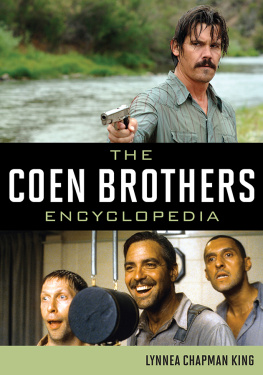
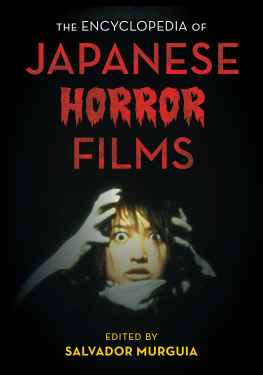

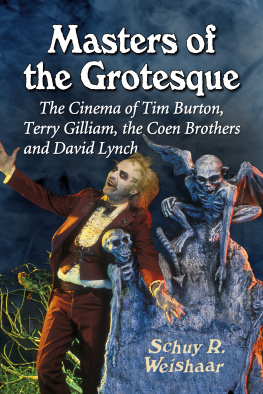
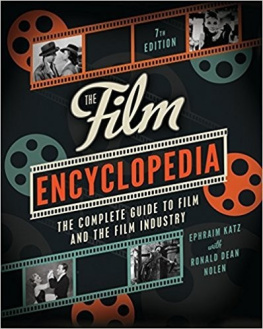



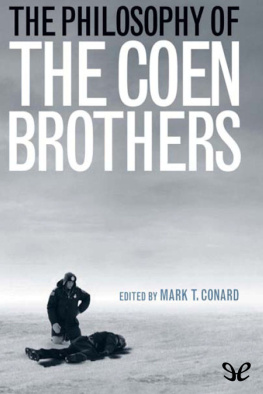
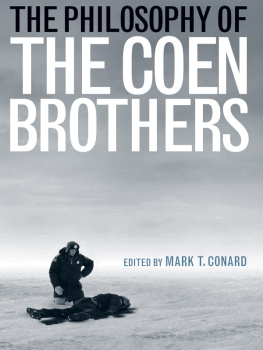
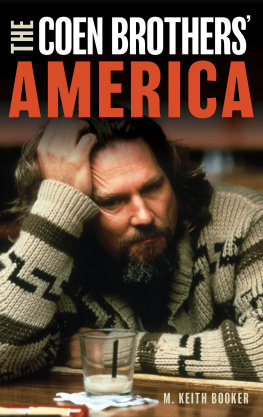
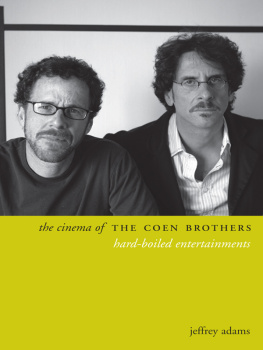
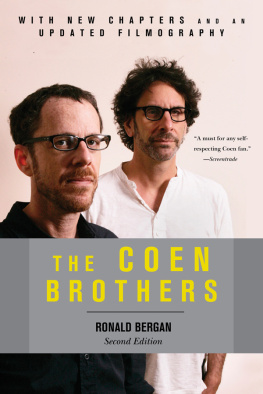
 The paper used in this publication meets the minimum requirements of American National Standard for Information SciencesPermanence of Paper for Printed Library Materials, ANSI/NISO Z39.48-1992.
The paper used in this publication meets the minimum requirements of American National Standard for Information SciencesPermanence of Paper for Printed Library Materials, ANSI/NISO Z39.48-1992.